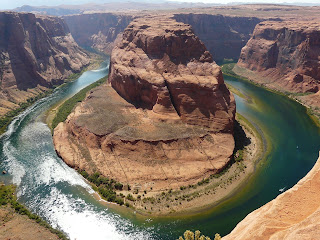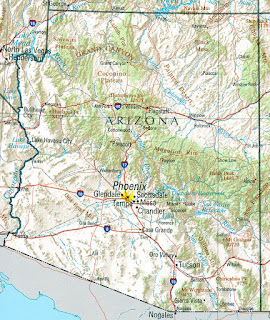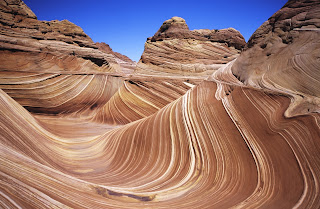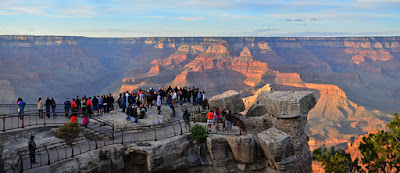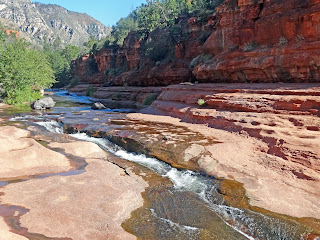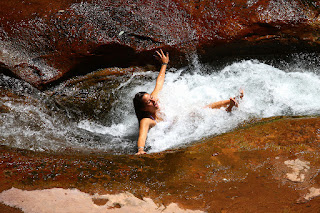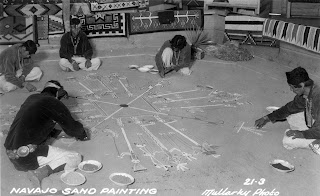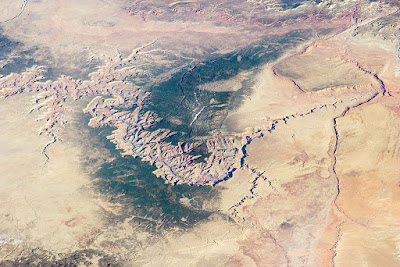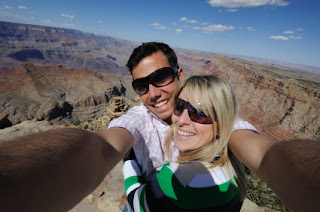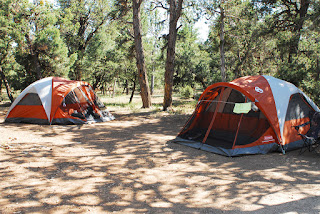Arizona has more than just magnificent landscapes and the Grand Canyon. This extraordinary state is full of history as well. It was actually the last of the 48 coterminous states to make its way into the Union. This makes it a bit of a baby as compared to the older states. Nonetheless, it is abundant in culture and has served as a host to various significant events. Along with its great history, it offers distinct geology and geography. Because of this, it draws a great number of vacationers every year.
The History Of Arizona
The documented history of the area exists from as far back as the mid 16th century. This was a time when several Spanish explorers were making their way through the area. One in particular, Marcos de Niza, journeyed through what is modern day Arizona and documented a portion of what he experienced. Those experiences were built upon by later explorers such as Francisco Vasquez de Coronado.
It eventually became a part of Sonora and belonged to the country of Mexico. During that time, it had a relatively low population density and did not attract nearly as many travelers as it does today. It eventually became apart of the United States of America in 1848 thanks to the terms set in the Mexican Cession. Some parts of the area remained under the control of Mexico until 1853 when America purchased the remaining land through the Gadsden Purchase.
All of what is now Arizona was originally part of the New Mexico territory. It wasn't until 1863 that Arizona was split from the territory. It then became referred to as the Arizona Territory. The territory was rugged and very difficult to profit from. It strained to develop until the late 19th century when the railroad arrived in the area.
Eventually, in 1912, Arizona emerged as an official state in the United States of America. The economy in the state was based almost entirely on cattle and copper, but citrus, cotton, and a couple of other commodities played a role as well. In the course of the mid-20th century, the state saw a huge boom in tourists as well as older families seeking to retire in a comfortable environment.
The Grand Canyon
Nowadays, when you think about Arizona, you probably picture the gorgeous scenery of the Grand Canyon. It brings in millions of travelers and certainly has one of the most outstanding views in the entire country. It stretches for 277 miles and it's as wide as 18 miles in some areas. In it's deepest spots, the canyon can reach depths of a mile.
The Grand Canyon is a testament to Arizona geography as well as geology. The natural sculpting of the landscape has unveiled billions of years of geological history and laid it bare for the entire world to view and to study. We have learned a lot from the history the Grand Canyon has to offer and we will certainly continue learning more in the future.
Certainly, we are not the first to discover the canyon. The area was initially populated by Native Americans. The locals built remarkable settlements throughout the base of the canyon and inside a number of its larger caves. It was also regarded to be a holy site by the Pueblo natives.
Traveling To The Grand Canyon
If you are organizing a trip to visit Arizona, then you've most likely made an allowance of your time to visit the Grand Canyon. You can walk, run, hike, raft, take a helicopter ride, and even skydive into the area. There's even a marathon that stretches along 78 miles of the canyon and it lasts for a full 24 hours.
There are a variety of techniques used for making it to certain points on the canyon. In any case, it's essential that you plan for the journey. If you'll be doing any hiking, then you should know that it is an exhausting journey. Do as much research as possible, make sure people know where you are at, and bring along all of the suggested survival gear.
Explore One Of America's Greatest States
While it may not be the oldest state in the country, it certainly has a lot to offer. At the top of that list is the stunning Grand Canyon. Regardless if you are there for the history, the scenery, or the people; there is's no denying that it's one of America's greatest states. Take advantage of the attractions and activities this state has to offer with Tourplicity. Browse through our catalog of tours and make your reservation today!
Read more here!


